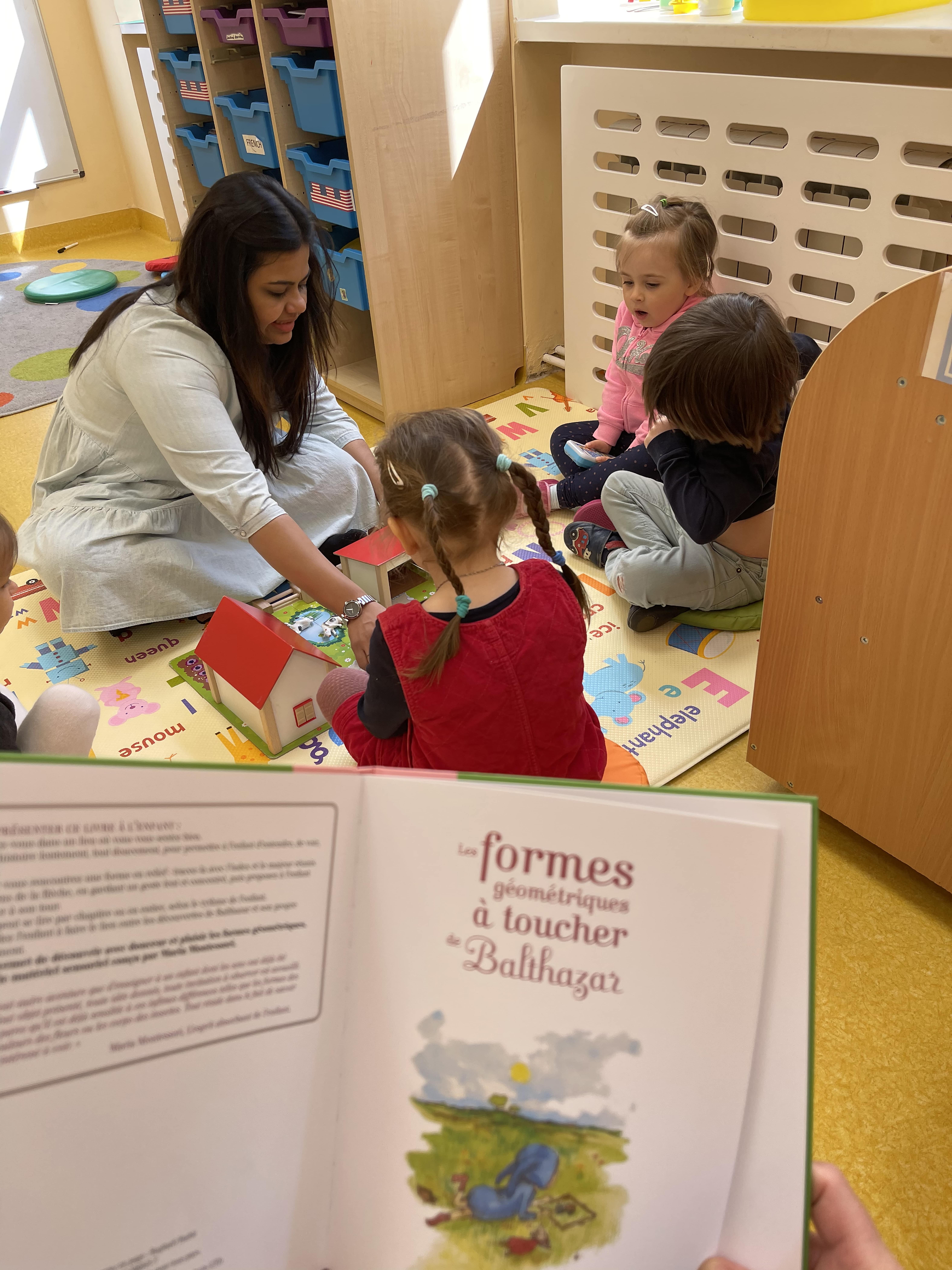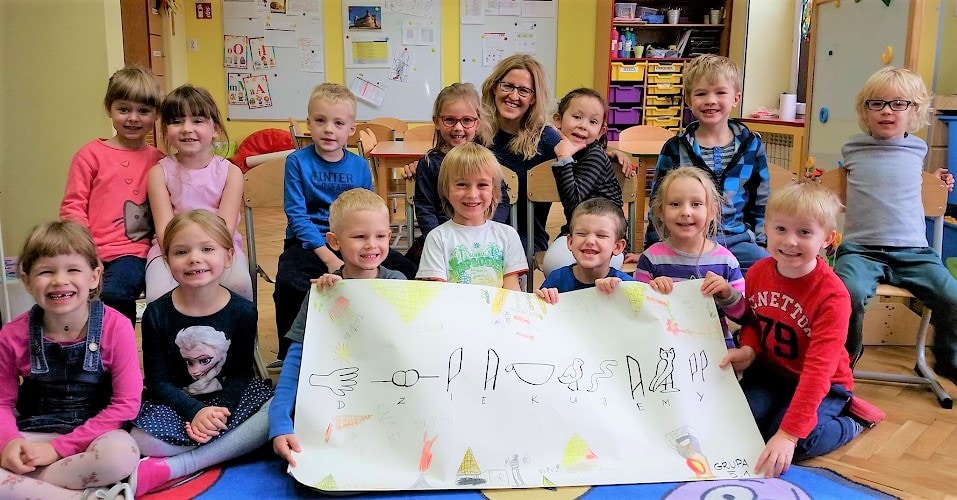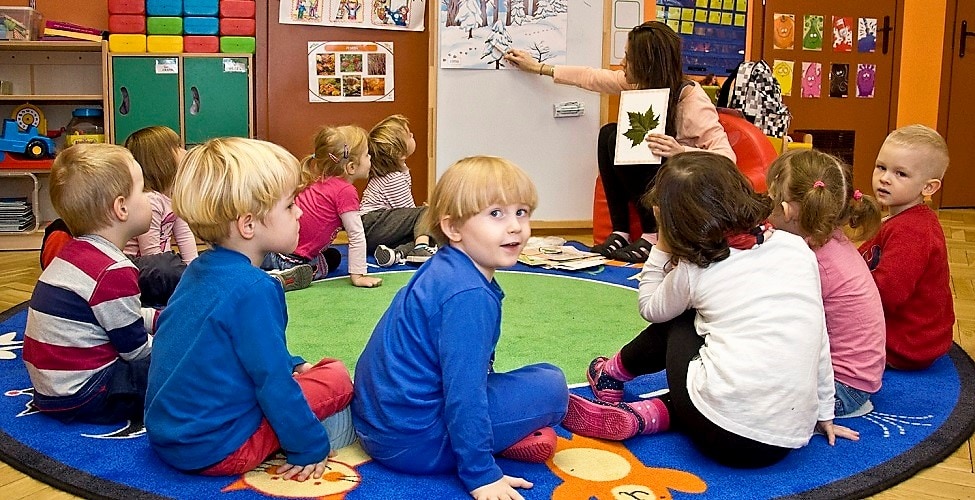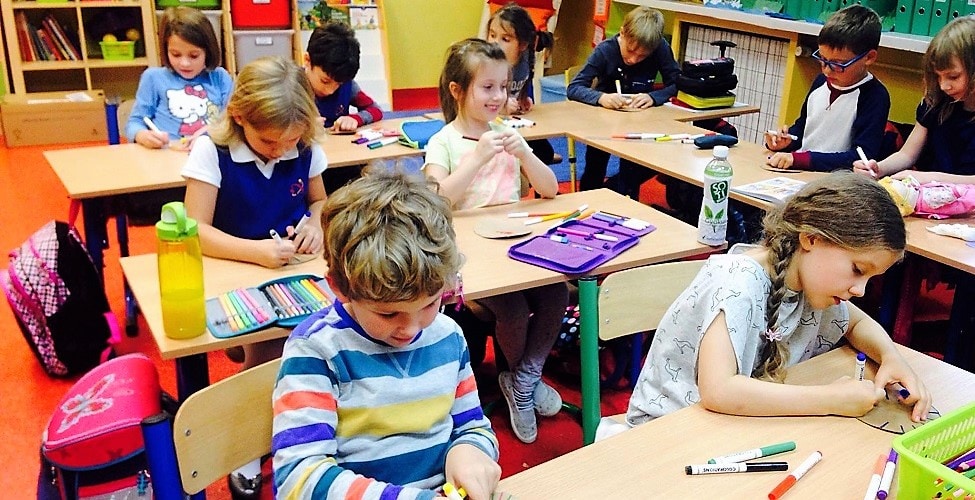What is intentional bilingualism?

In response to the needs of today’s highly globalized society, more and more people are deciding to learn at least two foreign languages. One method of achieving language proficiency is so-called intentional bilingualism.
Take a closer look at intentional bilingualism to understand the benefits of this approach, the challenges and strategies involved in learning two languages simultaneously, and whether it is worth teaching foreign languages to children from an early age.
What is intentional bilingualism?
Intentional bilingualism is a situation where a person deliberately learns to use two languages. Mastery of a second language can result from attending school and courses, self-study, or intensive exposure to two different languages in everyday or professional life. A person striving for bilingualism chooses to learn with an awareness of the benefits of proficiency in two different language systems. These include better career development opportunities, the ability to communicate with more people, and greater access to diverse sources of knowledge.
Check also:
The sooner, the better. The ability to learn a language diminishes with age!
How to teach a child a foreign language?
Children increasingly have contact with languages other than their native one. They quickly absorb foreign-sounding vocabulary, so it is worth introducing the learning of English, French, Spanish, or even Japanese or Chinese from an early age. Children also do not have the reluctance to use a foreign language that adults do, for whom Polish is the mother tongue.
To introduce a child to a new language, it is worth providing frequent contact with the foreign language by staying in an environment where another language, besides the native one, is used daily. This way, the child will use it in conversations and watch TV programs or listen to foreign-language music. Games, songs, games, and books are also used for early learning, making learning enjoyable and natural. Enrolling the child in a nursery or preschool where teachers and children speak English or another language is also an excellent idea. Playing in a group is a great way to develop language skills and is also highly motivating. Children also learn the foreign language structurally while learning to read and write. Teachers use proven learning techniques, including the Doman method.
In addition, learning a foreign language is more effective when a child sees its practical application. Therefore, it is worth teaching them to describe colors, food, animals, etc., and to feel that they are making progress every day. To introduce bilingualism, it is also worth speaking to the child in the language they are learning. The key to effective foreign language learning in children is creating positive experiences with the language and regular practice.
What are the benefits of bilingualism and multilingualism?
Because the benefits of bilingualism are numerous, informed parents are increasingly deciding to introduce bilingualism into their children’s upbringing. If one parent is a native English speaker, the child can benefit from language immersion, meaning daily contact with English at home. If not, they can participate in classes with children who speak different languages.
One of the benefits of bilingualism is speech development – bilingual children readily absorb new sounds and language structures. Furthermore, the ability to communicate in two languages can affect a child’s mental development, improving their cognitive abilities and creativity. Introducing bilingualism into a child’s upbringing allows them to communicate with people from different countries and have broader cultural horizons. This enables a better understanding of the world’s linguistic and cultural diversity. Bilingual children have a good command of a foreign language, opening up educational and career opportunities in the future.
However, many myths about bilingualism persist, such as concerns about learning delays or difficulty switching between languages. Yet, the experiences of educators in bilingual settings do not confirm these concerns.
You may also be interested in:
Why do infants learn languages better than adults? Recent studies solve the mystery
Intentional bilingualism vs. language immersion
Intentional bilingualism and language immersion are two different approaches to learning foreign languages, but they can be used together in the language learning process.
In intentional bilingualism, a person deliberately makes an effort to learn and use two languages. Language immersion, on the other hand, involves immersing oneself in a foreign language through regular and intensive use in everyday situations. This is possible by living in a country where the foreign language is the primary means of communication, participating in student exchange programs, working abroad, or participating in language immersion programs in one’s home country. Children learn the language incidentally. It is crucial that a language is associated with a specific person so that the child learns the language as a way to communicate with that person to maintain a relationship.
The two concepts, intentional bilingualism, and language immersion, can complement each other: a person learning a foreign language through intentional bilingualism can additionally benefit from language immersion to improve their skills through practice in real communication situations.
At ITSW, we rely on language immersion, which works better for toddlers than intentional bilingualism. Children learn languages without knowing they are learning a foreign language. For them, it is simply a way of communicating with a person and treating it as a native language. The earlier we start immersing the child in an additional language, the better.



